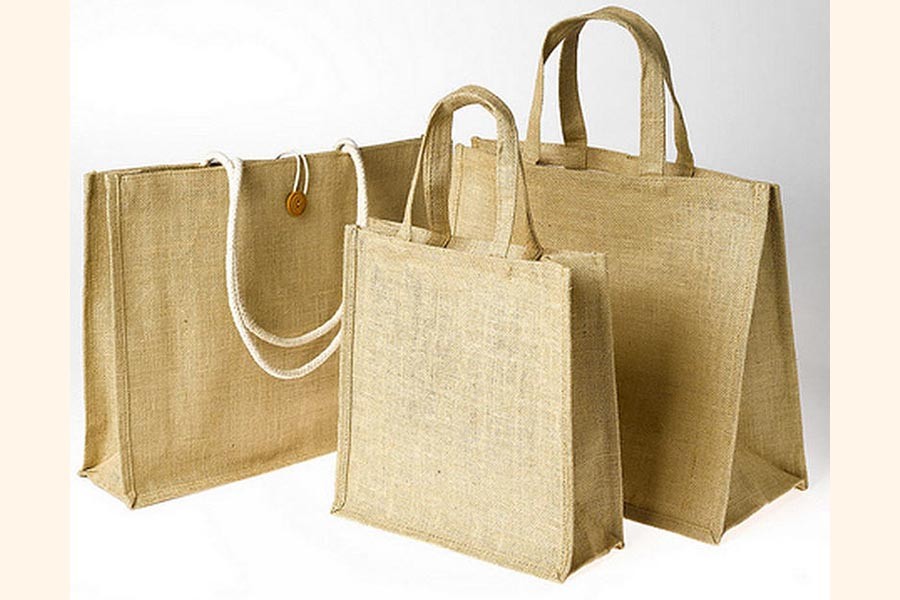If jute had an elevating past, basking in its iconic glory will not be an overzealous exercise. What make us recall the past are the fond memories woven with lustrous dreams and we are instantly reminded of the colours created and flavours spread by jute. Can the aura be recreated and flavour returned?
It is heartening to note that jute, the golden fibre of Bangladesh is set to stage a spectacular comeback. The BBC in its online version recently carried an article titled 'Bangladesh's golden fibre comes back from the brink' wherein it was predicted that jute will get back its old glory. There are statistics in support of the resurgence of jute and jute products. Jute export has again gone up and the industry has started to recover from its lean period. Export earning from jute and jute products in July-April period of 2016-17 fiscal was US$820.65 millions which is 13.23 per cent higher than export earnings in the corresponding period of the preceding year. About 6.0 million bales of raw jute are still produced in Bangladesh of which over 3.0 million bales are used in industries and the rest is exported.
Between late 2011 when the BBC made its observation on resurgence of jute and now, spectacular progress has been achieved. With cooperation and patronage from the government, scientists have discovered ultra thin bags from jute which are as light, thin and long lasting as polythene. It would be cheap and easily perishable in soil. If uses of jute can be diversified this way, farmers will get a fair price for jute and environment will not be polluted.
There are reasons to be optimistic but to a certain level. It should not be forgotten that jute was being extensively used as a packaging material until 1980s before it was elbowed out by synthetic materials like polythene and plastics. It is only due to growing environmental awareness, jute has returned as the preferred alternative to polluting synthetic bags.
Not very long ago jute had been the principal foreign exchange earner for the country. But following liberation of Bangladesh, jute lost its splendour and for the large segment of population dependent directly and indirectly on production and marketing of jute and jute products, selling jute became increasingly difficult let alone finding a fair price for it. Exports went down drastically and domestic consumption slumped to its lowest.
As both technology and demand change with time, a flexible and pragmatic policy for expanding the domestic market becomes a necessity. Instead, the jute industry suffered due to a high rate of interest on running capital, inefficient management in nationalised mills, uncontrolled wastage, lack of accountability, excess manpower, widespread corruption, lack of policy on modernization and replacement, sick trade unionism etc.
The world today is driven by innovation and technology. To retain consumer demand of jute greater emphasis should be given to innovation and continued development of jute to match changing demand. This will require added emphasis on research and increased budget allocation for development of jute. As jute was gradually replaced by polythene in 1980s, it may again be dethroned by some other items of innovation in future. This highlights the importance of increased allocation for research and development (R&D) in the jute and diversification of jute products to suit the changing demand. Popularity of jute returned as consumers demand greener and more sustainable products for which greater attention should be given to developing the product. The tradition of lower budget for R&D should be reversed in favour of improving and diversifying production and marketing of jute to meet future challenges.


